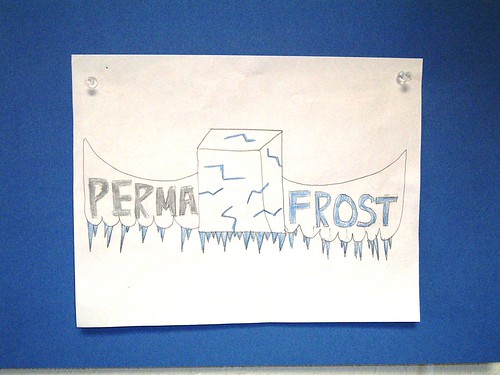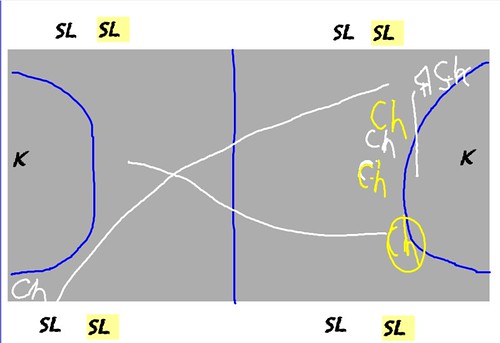We lost yesterday.
During our school’s 13th Annual Quidditch Championship, my homeroom team could not score enough points to win. Since there are four teams, only one will become the winner. We all know this going in, and as teachers, we don’t concentrate on the “winning” so much as the experience: the sense of community that forms around the game; the myriad art projects from t-shirts to posters; the writing and technology activities; the sense that as the oldest students in the school, this is their time for the spotlight; and more.
Still, yesterday morning before the games began, my class was brimming with confidence. They thought they had a shot at the title. “We’re going to get the cup for you, Mr. H,” one boy said, high-fiving me. And they worked hard. No one was holding back. They just came up a bit short during the day. Another class was just stronger and faster.
Back in our classroom room briefly at the very end of the day, I gave a post-tournament pep talk, focusing in on all that I saw out on the Quidditch floor: the teamwork, the hustle, the cheering, the sportsmanship. They listened. Some had their heads down, tired or frustrated or both. As a teacher (and their coach), it was a difficult moment. I want them all to be winners in everything they do. I am one of their biggest cheerleaders. But I know from experience life is not like that. Many times, you lose. In fact, we often lose more than win, and that’s what makes the winning so special when it happens.
So, I let my kids know in no uncertain terms how proud I was of them as a class and how honored I was to be in their midst. I reminded them of the weeks behind us, when we came together for each other. There was a moment of silence in the room as this message sank in (I think) and then one boy who had had his heart set on winning and who was completely exhausted from his efforts, said loudly and cheerfully for all of us to hear:
“That was fun.”
And there you have it. That’s what we hope they will remember over the years. It really is not about who scores the most points, as nice as it is. It’s about the experience of participating in something special and unique (I don’t think too many elementary schools hold their own Quidditch Tournaments year after year.) And it’s awfully fun.
Peace (and magic),
Kevin





